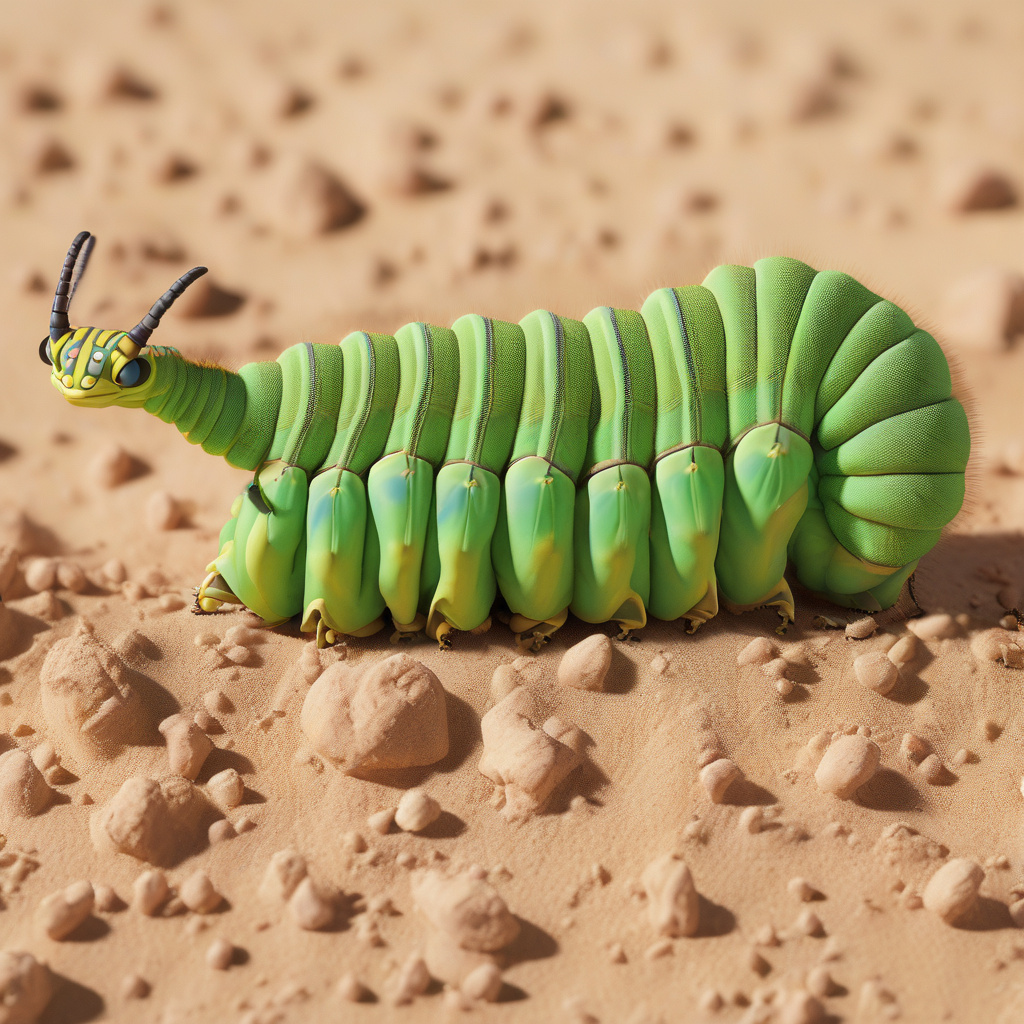The Sphinx Pose: Caterpillars Reveal a New Motionless Way to Handle Pain
When most animals are hurt, they lash out or run away. It’s the classic fight-or-flight response that has been ingrained in living beings for centuries. However, recent studies on caterpillars have unveiled a fascinating alternative approach to dealing with pain – the Sphinx Pose. This discovery not only sheds light on the diverse ways in which creatures respond to pain but also offers potential insights for human pain management strategies.
The Sphinx Pose, observed in caterpillars when they encounter a threat or injury, involves the insect freezing in place and assuming a distinctive posture that resembles the iconic Sphinx monument in Egypt. This motionless stance is a stark contrast to the usual reactive behaviors seen in animals. Instead of fleeing or attacking, the caterpillar remains still, almost meditative, in its response to pain.
Researchers believe that the Sphinx Pose serves as a form of self-preservation for caterpillars. By immobilizing themselves, these creatures may be reducing the risk of further injury or predation. This behavior allows them to blend into their surroundings, making it harder for predators to detect them. In essence, the Sphinx Pose acts as a camouflage of sorts, offering caterpillars a unique advantage in the face of danger.
But what implications does this discovery have for humans and our understanding of pain management? While the Sphinx Pose may seem like a simple survival instinct for caterpillars, it prompts us to rethink our approaches to pain. In a world where the opioid crisis and chronic pain afflict millions, exploring alternative methods of pain relief is more crucial than ever.
Could adopting a similar motionless posture help humans cope with pain more effectively? Mindfulness and meditation practices have long been touted for their benefits in pain management. The Sphinx Pose exhibited by caterpillars underscores the potential power of stillness and introspection in alleviating suffering. By learning to be present with our pain, rather than instinctively reacting to it, we might discover new ways to navigate the complexities of physical and emotional discomfort.
Moreover, the Sphinx Pose highlights the remarkable adaptability of living organisms in the face of adversity. While humans and caterpillars may seem worlds apart, our shared capacity to respond creatively to pain unites us. By studying and drawing inspiration from nature’s diverse strategies, we can broaden our perspective on pain and resilience.
In conclusion, the Sphinx Pose demonstrated by caterpillars offers a fresh lens through which to view pain and survival. This seemingly simple yet profound behavior challenges us to embrace stillness in the midst of discomfort, opening doors to novel approaches to pain management. As we continue to unravel the mysteries of the natural world, let us not overlook the valuable lessons that even the smallest creatures can teach us about resilience and adaptation.
pain management, sphinx pose, caterpillars, mindfulness, adaptation









